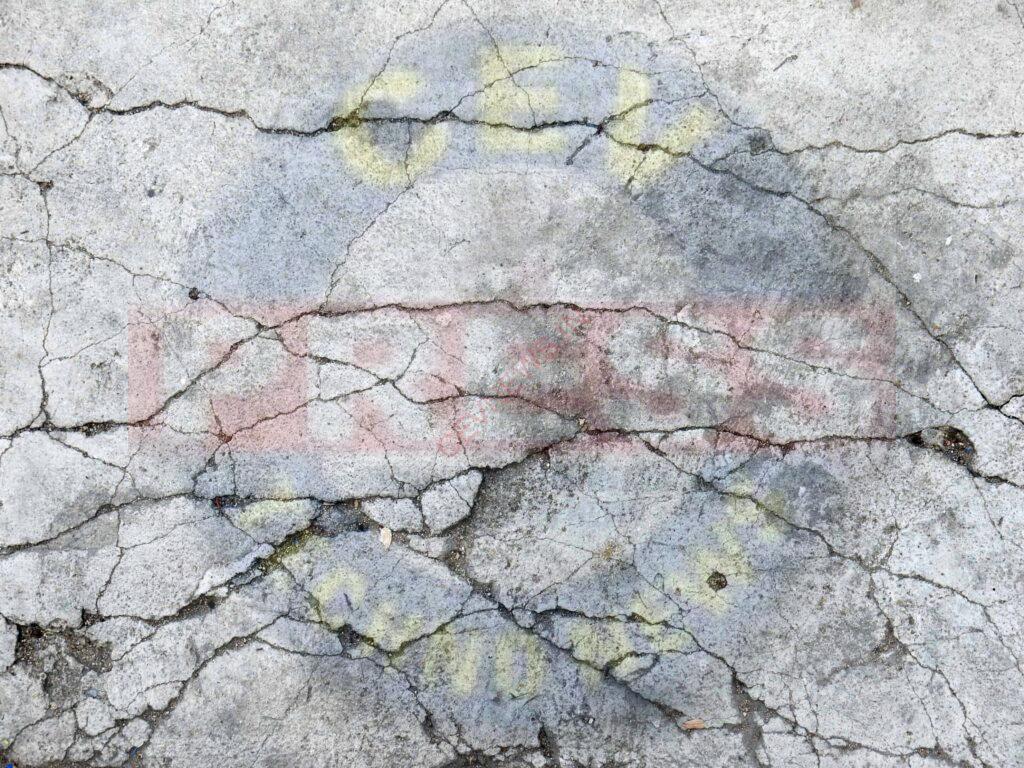Concrete is known to be a very versatile and reliable material, but some construction errors and construction negligence can lead to the development of defects in a concrete structure. These defects in concrete structures can be due to poor construction practices, poor quality control or due to poor structural design and detailing.
Types of Defects in the Concrete and Prevention:
1. Cracking:
Cracks are formed in concrete because of different reasons but when these cracks are very deep, it is not safe to use that concrete structure. Different reasons for cracking are not proper mix design, insufficient curing, a gap of expansion and contraction joints, use of high slump concrete mix, not suitable sub-grade, etc.
The surface should be prevented against the quick evaporation of moisture content. Loads must be applied on the concrete surface only after getting its maximum strength.
2. Crazing:
Crazing also called pattern cracking or map cracking, is the development of closely spaced shallow cracks in an uneven manner. Crazing occurs due to the fast hardening of the top surface of concrete due to high temperatures or if the mix contains extra water content or due to insufficient curing.
Pattern cracking can be avoided by proper curing, by dampening the sub-grade to counter absorption of water from concrete, by providing protection to the surface from quick temperature change.
3. Blistering:
Blistering is the development of hollow bumps of various sizes on the concrete surface due to entrapped air under the finished concrete surface. It may cause due to extreme vibration of concrete mix or presence of excess entrapped air in the mix or due to improper finishing. Extreme evaporation of water on the upper surface of the concrete will also cause blistering.
It can be prevented by using a fine proportion of ingredients in the concrete mix, covering the upper surface which reduces evaporation, and using appropriate techniques for placing and finishing.
4. Delamination:
Delamination is also the same as blistering. In this case, also, the top surface of concrete gets split from the underlying concrete. Hardening of the upper layer of concrete before the hardening of underlying concrete will lead to delamination. It is due to the water and air bleeding from underlying concrete are struck between these two surfaces, hence space will be formed.
Like blistering, delamination can also be stopping by using proper finishing techniques. It is finer to start finishing after the bleeding process has run its course.
5. Dusting:
Dusting also called chalking is the development of fine and loose powdered concrete on the hardened concrete by deterioration. This happens due to the existence of an excess amount of water in concrete. It causes bleeding of water from concrete, with this fine particle like cement or sand will rise to the top and consequent overtired causes dust at the top surface.
To keep away dusting, use a low slump concrete mix to obtain a hard concrete surface with good wear resistance. Use water-reducing admixtures to obtain sufficient slump. It is also suggested to use better finishing techniques and finishing should be started after removing the bleed water from the concrete surface.
6. Curling:
When a concrete slab is twisted into a curved shape by upward or downward movement of edges or corners, it is called curling. It happens mainly due to the dissimilarity in moisture content or temperature between the slab surface (top) and slab base (bottom).Curling of concrete slab may be downward curling or upward curling. When the upper surface is dried and cooled before the bottom surface, it begins to contract and upward curling takes place.
To prevent curling, use a small shrink concrete mix, provide control joints, provide heavy reinforcement at edges or provide edges with good thickness.
7. Efflorescence:
Efflorescence is the formation of the accumulation of salts on the concrete surface. Formed salts generally white in color. It is because of the presence of soluble salts in the water which is used in manufacturing concrete mix.
It can be stopped by using clean and pure water for mixing, using chemically unproductive aggregates, etc. And confirm that cement should not contain alkalis more than 1% of its weight.
8. Scaling and Spalling:
Scaling and spalling, in both cases concrete surface gets decayed and flaking of concrete occurs. The main cause of this type of case is the perforation of water through the concrete surface. This makes steel gets corroded and spalling or scaling may occur.
This type of defect can be stopped by, using well-designed concrete mixes, by adjoin air entrainment admixtures, proper finishing and curing, providing a good slope to drain water coming on to the surface, etc.

